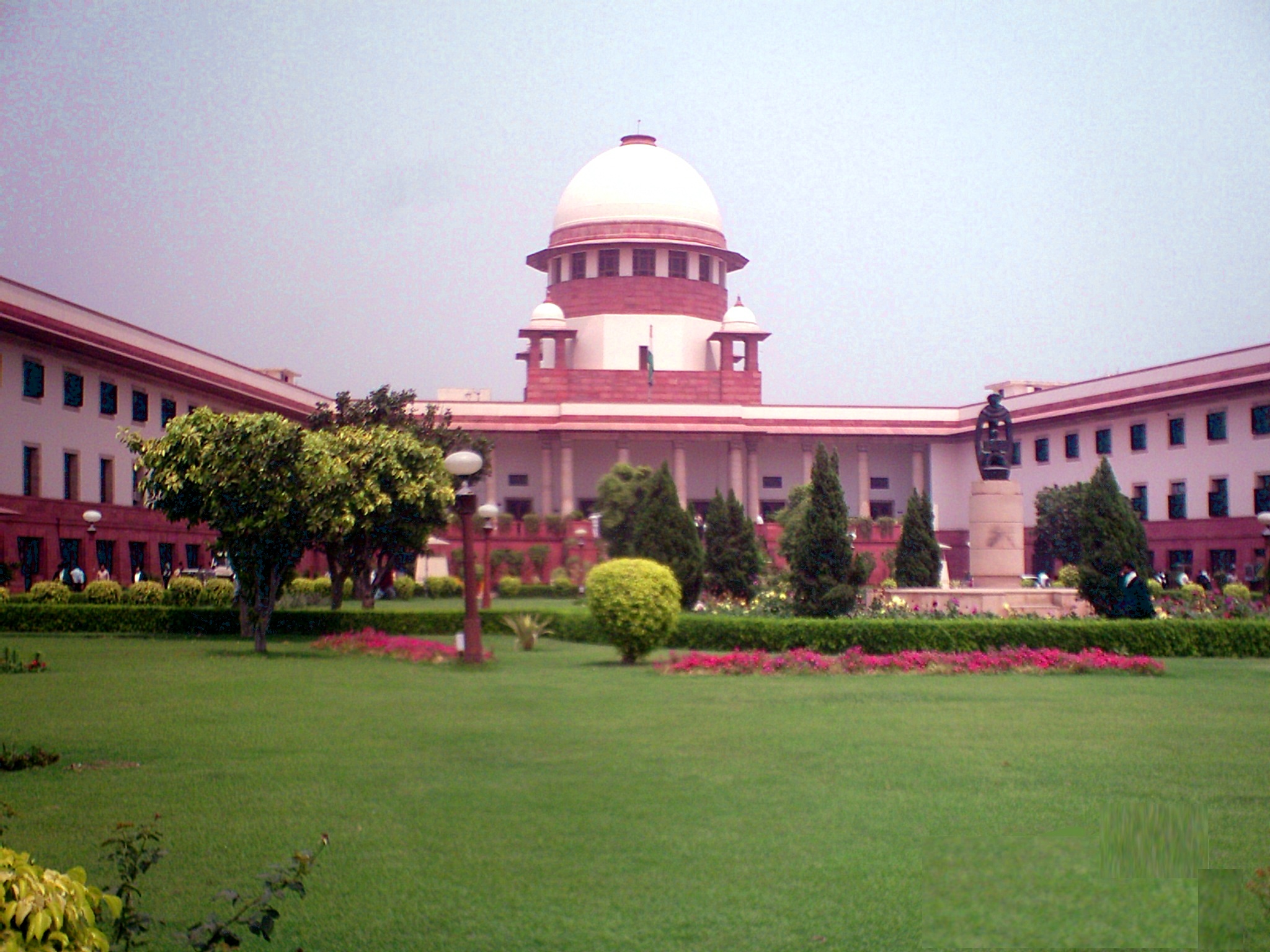NEW DELHI: Hearing a plea filed by a women lawyers association, the Supreme Court hinted at gender discrimination in the appointment of judges when Supreme Court Justice J S Khehar observed that “the ratio of female judges to male judges must be in the same ratio.”
The plea was represented through senior advocate Mahalakshmi Pavani, advocates Sneha Kalita and Prerna Kumari,
Justice Kheher heads the Constitution Bench which seeks to improve the judicial appointments through collegiums system.
Ms. Pavani pointed out the apparent fact to the bench that how the obvious dearth of women judges in the higher echelons of judiciary are a stark result of the sustaining gender bias.
“The first female Judge appointed in Supreme Court was Justice M. Fathima Beevi from Kerala in 1987. She was later followed by Justice Sujata V. Manohar from Maharashtra in 1994 and in the year 2000, Justice Ruma Pal was appointed from West Bengal and in the year 2010, Justice Gyan Sudha Misra from Bihar. In 2014, Justice Ranjana Desai from Mumbai was appointed and currently Justice R. Banumathi from Tamil Nadu is the only woman Judge in Supreme Court,” the association said.
The Association drew the attention of the bench by stating that only six women judges have been appointed to Supreme Court out of 229 in total since 1950. Among the High Courts throughout, there are 62 women judges out of 611, including the additional judges.
The call for diversity in the higher judiciary has also been raging on for months now in England, where roughly only one in five judges is a women, and a case for positive discrimination is being debated vehemently.
Lady Hale, the only female Supreme Court judge in England, recently batted for the radical improvement in the collegiums system while saying that the SC should feel “ashamed” if it fails to do so.
According to The Guardian, Lady Hale, in her 70s, had said, “We early women believed that we were as good as the men and would certainly not be put off in this way. I may well have been appointed because the powers that be realized the need for a woman… We owe it to our sex, but also to the future of the law and the legal system, to step up to the plate.”
The suggestion of positive discrimination in favour of women in judiciary hasn’t gone uncriticised either, with Lord Jonathan Sumption, the senior most judge in the country, making case for the “delicate fabric” of the judiciary, which may not respond well to the idea of relegation of merit to the idea of diversity.
In an interview to the Evening Standard, Sumption had warned that, “We have got to be very careful not to do things at a speed which will make male candidates feel that the cards are stacked against them. If we do that we will find that male candidates don’t apply in the right numbers. 85 per cent of newly appointed judges in France are women because the men stay away. 85 per cent women is just as bad as 85 per cent men.”
http://www.thecitizen.in/NewsDetail.aspx?Id=5802&SC%2FObserves%2FGender%2FBias%2Fin%2FJudiciary%2C%2FSeeks%2Fto%2FAddress%2Fit

Leave a Reply